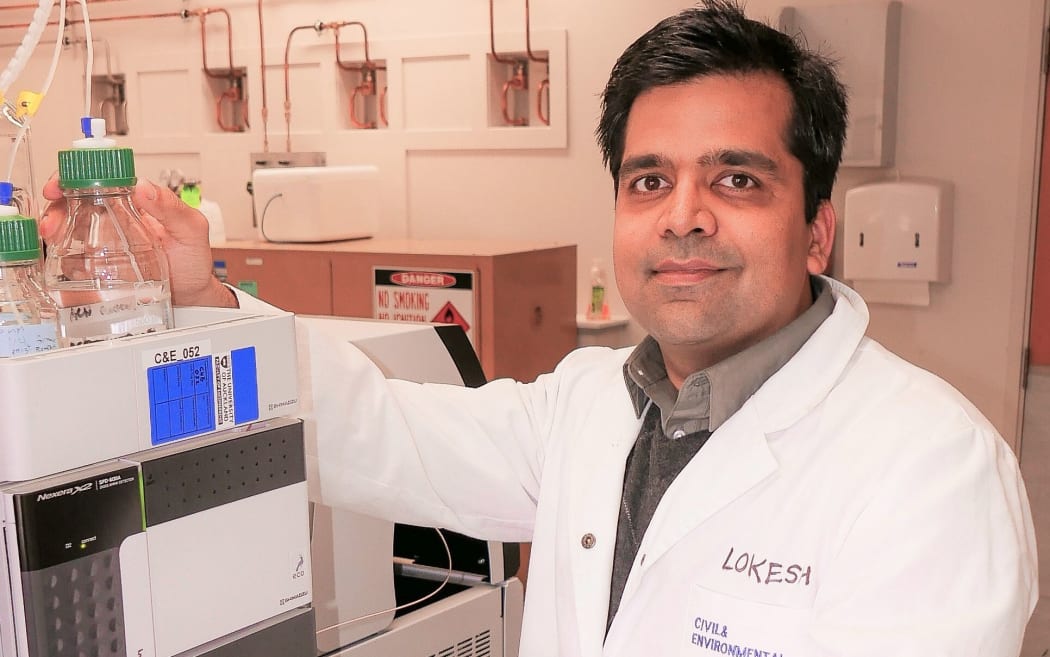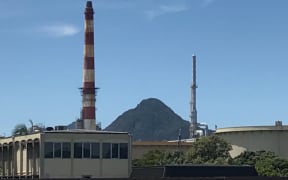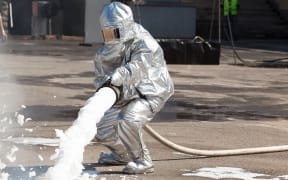Longlasting pollutants linked to health scares overseas have been found in this country's urban water systems for the first time.

Dr Melanie Kah says finding the source is important so that something can be done about it. Photo: Supplied
Researchers say they are at very low levels but it there is an urgent need to find out the exact source - and they will soon be checking the dust from people's homes.
"It's essential to find out where those compounds are coming from so we can do something about it," Dr Melanie Kah said.
PFAS or so-called 'forever' chemicals are most closely associated with firefighting foam and with a series of contamination investigations since 2018 at Defence Force bases.
The new Auckland university study focuses on municipal water for the first time, at two unidentified treatment plants.
It found traces in drinking water and higher - though still relatively low - amounts in wastewater.
Water treatment reduces PFAS levels but does not eradicate it.
From wastewater, it is accumulating in coastal basins.
Researchers say this shows that though no local manufacturing uses manmade poly- and perfluoroalkyl substances, they are still getting into the environment via household products.
"I wouldn't say there is concern yet, but I would like to know more before giving a definitive answer," Kah said.
As part of pinpointing a source, she aims to launch a free testing service of household dust this month, to check for PFAS, as well as heavy metals such as lead.
A second researcher, Dr Lokesh Padhye, said "the source, of course, is coming from something which we are using every day".
"The next step would be to understand the leaching potential of these products, how much we are being exposed to daily ... with the constant use of these products and how much those are contributing to the water."

Dr Lokesh Padhye says the source will be products or items used on a daily basis. Photo: Supplied
Industries have been slow to find alternatives to the chemicals, widely used for several decades in non-stick pans, water-repellent and stain-resistant fabrics and carpets, fast food wrappers, cleaning products, cosmetics and paint.
There are thousands of types of PFAS. The Auckland study tested for 38 of them - finding 20.
In treated drinking water, it found low levels of what are known as "ultrashort-chain" PFPrA - meaning the virtually unbreakable carbon-fluorine bond is very short.
Short-chain PFAS are typically less toxic but move around more freely than longer-chain ones, such as the PFOS and PFOA compounds made notorious in the Hollywood movie Dark Waters.
It has been known for several years that 99 percent of people worldwide, and most animals, have PFAS in their blood.
In the latest research, the treatment plants that were used for samples insisted on anonymity - though the study says one serves 1.6 million people and the other, 160,000 people.
Dr Padhye says the plants were apprehensive about what might turn up.
"Because these compounds are not regularly or currently ... regulated there are a lot of unknowns," Padhye said. "So there is always that apprehension about what levels of concentration will be detected."
Full eradication from water uses very expensive technology, which has provoked controversy over the costs in US and Australian communities.
The local dust-testing study will be along the lines of Auckland University's free soil testing of samples from 2000 households last year. People can register their interest at soilsafeaotearoa@uoa.auckland.ac.nz.






